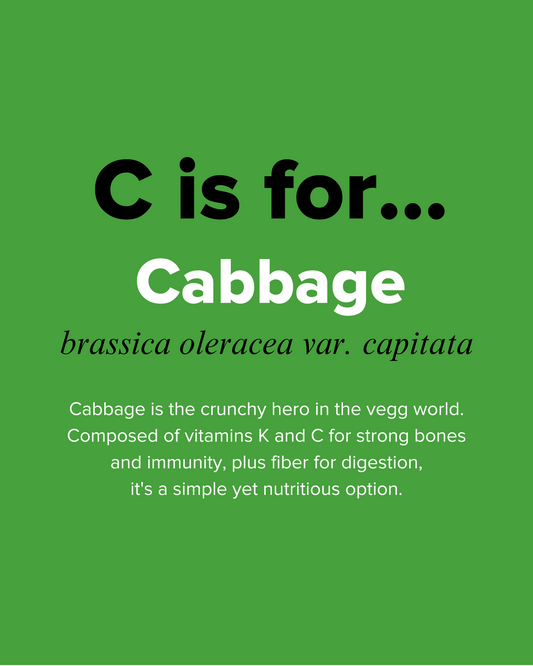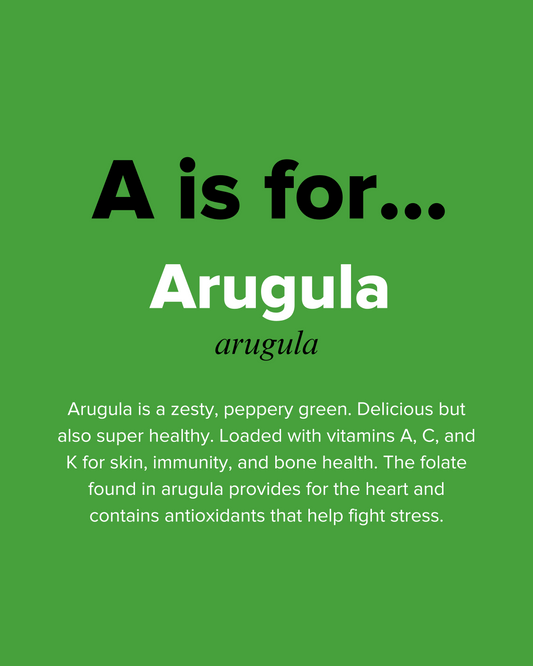C is for Cabbage
Share
Hi beautiful people of the universe!
Cabbage has long been a kitchen staple, and for good reason—it’s versatile, nutritious, and delicious. Personally, it’s an all-time favorite that I love to prepare in two ways. First, as a hearty soup, served piping hot and paired with a fresh jar of Louisiana hot sauce to add just the right kick. Second, fried up with a medley of colorful peppers, caramelized onions, and savory sausage—a sizzling, flavorful combination that makes my mouth water just thinking about it.
There's more to cabbage than its versatility in the kitchen. Did you know that cabbage is composed of around 92% water? Must be why it requires so much water to grow. The high water content not only makes it a fantastic low-calorie food option but it also offers some incredible health benefits. When included in a food dish, cabbage acts as a natural hydration boost, helping to keep your body well-moisturized from the inside and out.
Cabbage is also a champion for digestion. Its water content aids in breaking down food efficiently, while its fiber content support regularity and gut health. Whether enjoyed raw in a crisp cole slaw, simmered in a soup broth, or sautéed to perfection, cabbage is one of those culinary powerhouses that fit seamlessly into any meal plan.
So the next time you're planning a meal, consider reaching for this humble yet mighty vegetable. With endless possibilities and undeniable benefits, cabbage deserves a spot at the center of your table.
Letters from the Farm Field Journal
Heavn On Earth Farms






